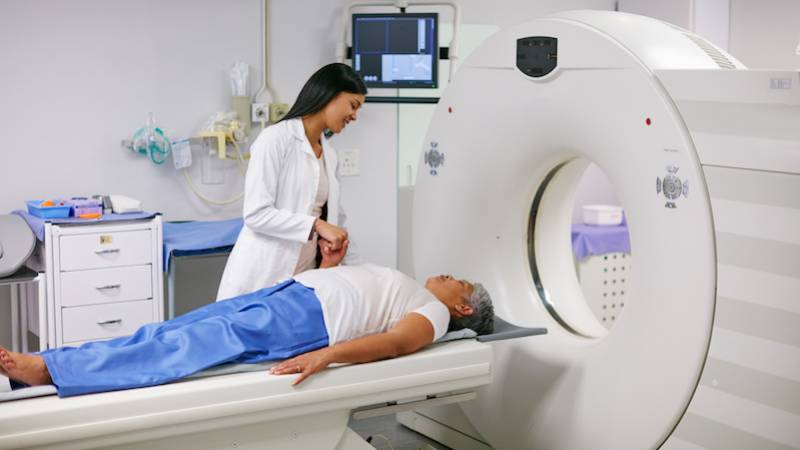Loma Linda University’s School of Allied Health Professions has introduced a bachelor’s degree in nuclear medicine, expanding the program from a certificate in an effort to meet the needs of the industry that is increasingly seeking graduates of a four-year program.
Nuclear medicine is a specialty that uses nuclear properties of radioactive and stable nuclides to make diagnostic evaluations of a body’s physiological conditions on a cellular level. Unlike an X-ray, which uses radiation to scan a body, nuclear medicine uses radiation from a person’s body to detect things on a microscopic level, such as tumors or abnormal vascular or cardiac function.
The nuclear medicine program at the School of Allied Health Professions includes computed tomography (CT), which means graduates can also sit for the CT boards. The program also covers positron emission tomography–computed tomography (PET-CT) and single-photon emission computed tomography (SPECT), imaging modalities that have become more common in the past decade.
Graduates of the program can work in hospitals, clinics, stand-alone cardiology clinics, nuclear medicine clinics, research, teaching or administration.
Starting annual salaries in Southern California’s Inland Empire range from $90,000 to $110,000, says program director Raynold Ho.
“You can really help people, and it’s a great career and life,” Ho says. “Very few people know about this profession, and there are so many good opportunities.
College pre-requisite courses for the program include introduction to physics, anatomy, physiology, algebra and chemistry.
Ho said the nuclear medicine program at Loma Linda University has had a 100 percent graduation rate for many years, and all graduates have found jobs soon after passing boards.
“I’ll be honest, I wasn’t exactly five years old and dreaming of becoming a nuclear medicine technologist,” Ho says. “But when I came across it, I thought this was something I could absolutely do for the rest of my life.”


